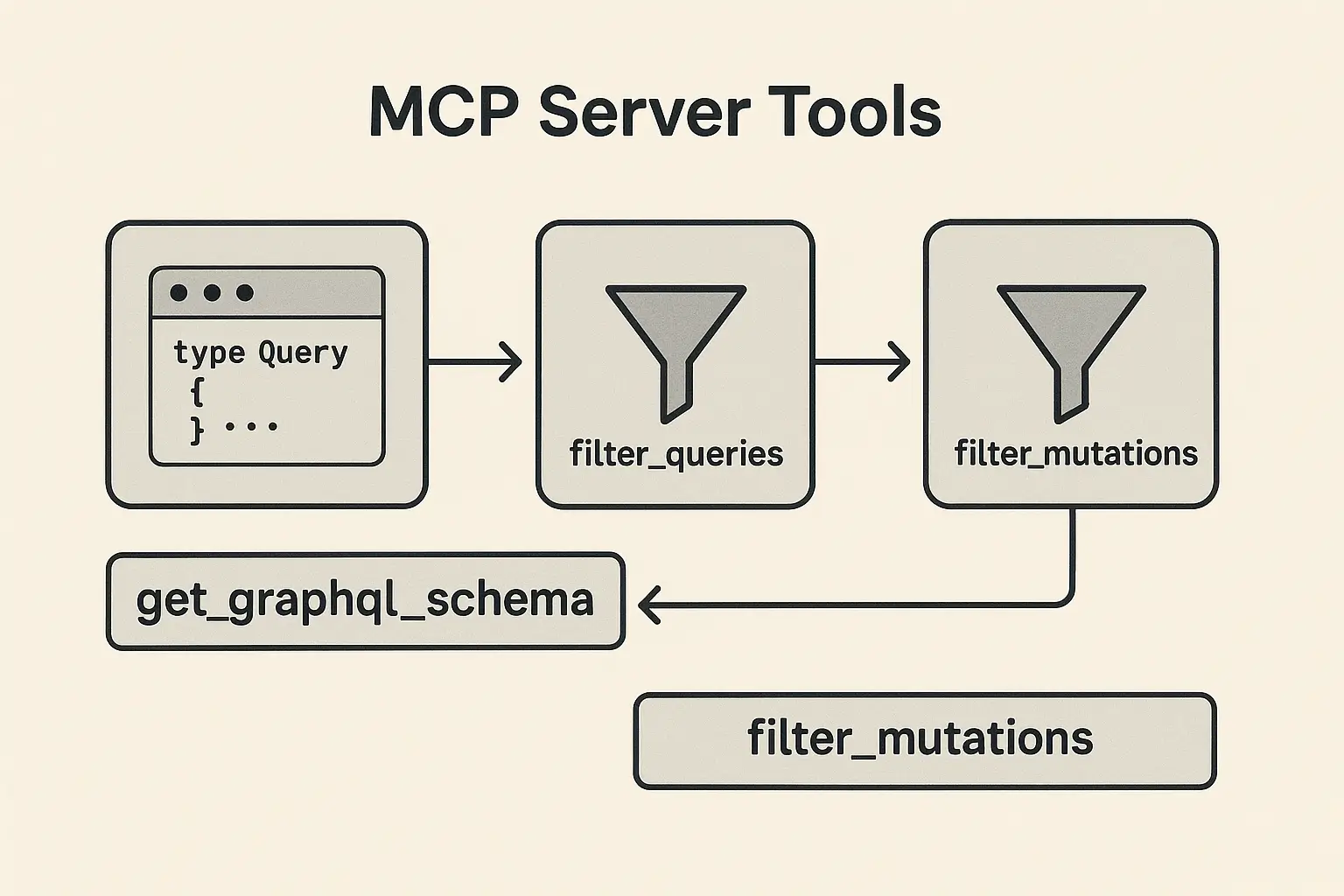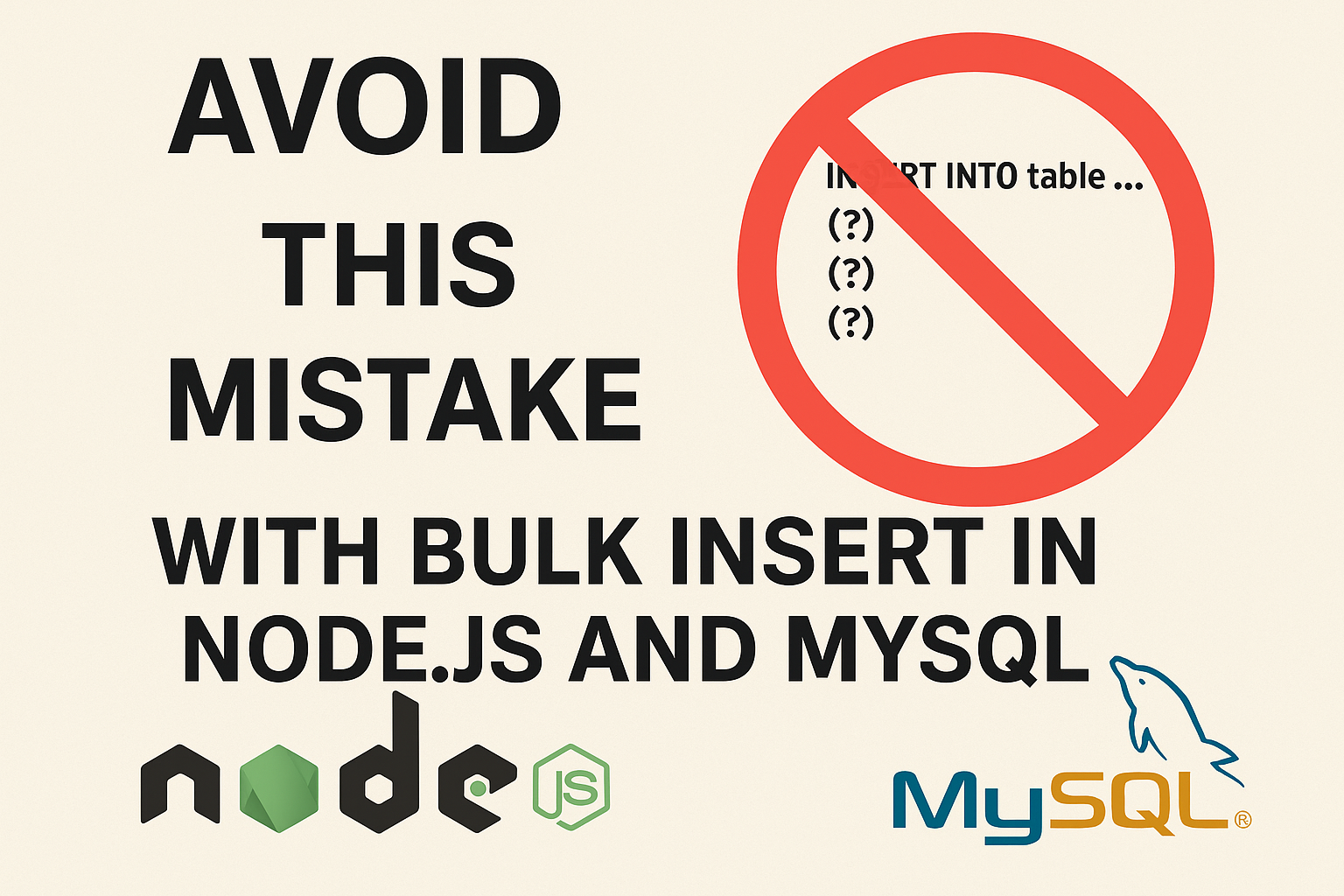Uncover Ruby’s Hidden Operators and Symbols: Advanced Techniques for Ruby Developers
Introduction
Ruby is a language that shines because of its expressive syntax, which often makes code cleaner and more readable. Many Rails developers are familiar with basic operators and symbols, but there are a few “hidden gems” that can add serious power and flexibility to your code. This post will cover some advanced operators and symbols in Ruby—tools that allow you to write cleaner, more versatile, and more elegant code in your Rails applications.
1. Safe Navigation Operator (&.)
What It Does
The safe navigation operator (&.) is a lifesaver for handling potentially nil values. It allows you to call a method on an object only if the object is not nil, helping you avoid NoMethodError exceptions.
Use Case: Avoiding nil Errors in ActiveRecord Associations
In Rails, it’s common to chain associations that might be nil. For example, if user.profile might be nil, calling user.profile.location can raise an error. The safe navigation operator handles this smoothly:
location = user.profile&.locationIf profile is nil, &. prevents the method from being called, returning nil instead of raising an error.
2. Memoization Operator (||=)
What It Does
The ||= operator is a shorthand for memoization. It assigns a value to a variable only if that variable is currently nil or false, caching expensive operations for future use.
Use Case: Caching Expensive Queries
When you have a query you don’t want to run multiple times, ||= can store the result the first time it’s called.
def recent_orders
@recent_orders ||= Order.where(user_id: id).order(created_at: :desc).limit(5)
endHere, @recent_orders is only set once, preventing repeated database queries and improving performance.
3. Spaceship Operator (<=>)
What It Does
The spaceship operator (<=>) returns -1, 0, or 1, indicating whether the left operand is less than, equal to, or greater than the right operand. It’s especially useful for custom sorting.
Use Case: Case-Insensitive Sorting
users.sort { |a, b| a.last_name.downcase <=> b.last_name.downcase }This operator makes it easy to define custom comparison logic, useful when sorting complex objects by multiple attributes.
4. Pattern Matching Operator (in)
What It Does
The pattern matching operator (in), introduced in Ruby 2.7, destructures data based on defined patterns. It’s handy for working with nested data structures like JSON responses.
Use Case: Parsing API Responses
data = { user: { name: "Alice", address: { city: "Wonderland" } } }
case data
in { user: { name: name, address: { city: city } } }
puts "Name: #{name}, City: #{city}"
else
puts "Invalid data format"
endPattern matching provides a concise way to handle nested data, making it easier to extract information from complex structures.
5. Flip-Flop Operator (.. in Conditionals)
What It Does
The flip-flop operator creates a conditional range, evaluating as true between two specified conditions. It’s useful for processing data between two markers.
Use Case: Processing Log Files
File.foreach("log.txt") do |line|
puts line if line =~ /START/..line =~ /END/
endThis operator lets you capture lines in a file between START and END markers, making it useful for filtering log data or configuration files.
6. Tilde Operator (~) with Regular Expressions
What It Does
The tilde operator (~) checks if a string matches a regex, returning a truthy or falsy value.
Use Case: Validating Data Formats
def valid_email?(email)
!!~email.match(/\A[\w+\-.]+@[a-z\d\-.]+\.[a-z]+\z/i)
endThis operator simplifies regex checks, making it easier to implement basic format validation within conditions.
7. Defined? Operator
What It Does
The defined? operator checks if a variable, method, or constant is defined. It can prevent errors when accessing variables in dynamically loaded contexts.
Use Case: Conditional Definitions in Views
<%= user.name if defined?(user) %>This allows for conditional rendering in views, preventing undefined method errors when variables may or may not be present.
8. Splat (*) and Double Splat (**) Operators
The * (Splat) Operator
The splat operator (*) captures multiple arguments into an array, allowing methods to accept any number of arguments.
Use Case: Flexible Query Parameters
class User < ApplicationRecord
scope :by_status, ->(*statuses) { where(status: statuses) }
end
User.by_status('active', 'pending', 'suspended')The *statuses captures all arguments, making the scope adaptable for any number of statuses.
The ** (Double Splat) Operator
The double splat operator (**) captures keyword arguments into a hash, allowing flexible options for method configurations.
Use Case: Dynamic Query Filters
def find_users(**options)
User.where(options)
end
find_users(age: 25, location: 'New York', status: 'active')Using **options allows you to handle varying keyword arguments, which is particularly useful for filters in Rails methods.
Combining * and **
Using both * and ** in a method gives you maximum flexibility for handling both positional and keyword arguments.
class UserService
def find_users(*ids, **filters)
users = User.where(id: ids)
users = users.where(filters) unless filters.empty?
users
end
end
UserService.new.find_users(1, 2, 3, status: 'active', age: 30)This method can handle both an array of IDs and a hash of filters, making it adaptable to a variety of inputs.
Conclusion
The special operators and symbols in Ruby can take your Rails development skills to a new level. From safe navigation to pattern matching, splats, and double splats, these tools make your code more flexible, readable, and powerful. By incorporating these techniques, you’ll be able to handle complex scenarios with elegance and simplicity—making your Rails applications not only better but also more enjoyable to write.
Takeaway: These operators and symbols may not be as widely used, but they can be game-changers in Ruby and Rails code. Give them a try, and you might be surprised at how much cleaner and more flexible your code becomes!





